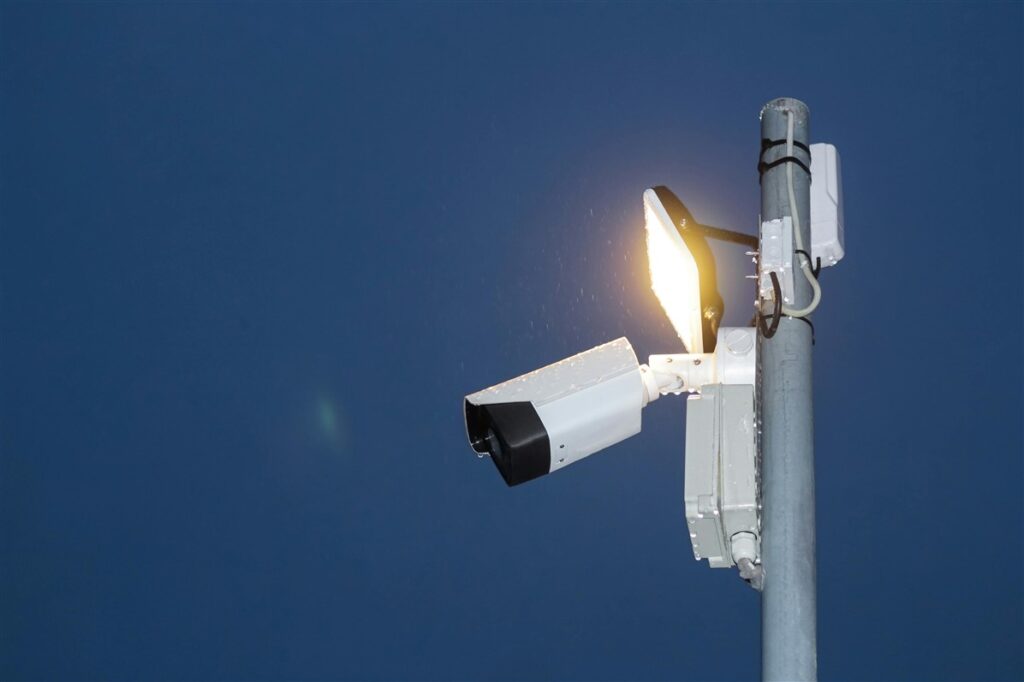Our guide to EV Charging at work
The EV revolution is well underway with over 700,000 electric vehicles on the road just in the UK.
And with the government’s plan to ban sales of new petrol or diesel cars by 2035, the switch to EV shows no signs of slowing down.
Combined with pressure on businesses to reduce their carbon footprint, it’s not surprising more and more companies are switching their fleets to EVs and providing workplace charging for their employees and customers.
Benefits of providing workplace charging stations
Before we look at how to choose your charging solution, let’s take a quick look at the key benefits of installing EV charging points in the workplace.
Attract and retain EV-driving employees
Not surprisingly, most EV drivers say charging their vehicles at work is the most convenient place to charge after charging at home. Since many employees drive to work, and then leave their car parked up for around eight hours, it makes perfect sense.
Employees who drive EVs will be more attracted to employers who can provide them with charging points.
Not only that, but the sustainability of a company is something many employees consider when looking for a job. A recent study showed 58% of employees consider a company’s social and environmental commitments when deciding where to work.
Providing EV charging and switching company vehicles to EVs shows your commitment to lowering your carbon emissions.
Encourage more employees to switch to EV
Range anxiety is a concern for many EV drivers. It’s one of the main reasons many drivers haven’t yet made the switch. By providing EV charge points for employees, you remove that anxiety, making them more likely to switch.

Reduce your carbon footprint
Transport produces 27% of the UK’s total emissions. Switching to EV vehicles and installing workplace charge points is an excellent way to reduce your carbon emissions and carbon footprint.
By installing EV charging stations, you are setting a sustainable example to other businesses in your area and showing your employees, customers, and stakeholders that you are environmentally conscious.
And if you use renewable energy to power your charging points, you can reduce your emissions even further.
Choosing your workplace charging solution
Different charge points come with different features and are suited to different scenarios. So how do you decide which is right for you? Here are some things to consider.
Charging speed
Depending on power output a charging point can take anywhere from 15 minutes to 24 hours to fully charge a vehicle. Speed of charging is something you’ll want to consider if you need your points to power a fleet. Are vehicles in constant use or can they be charged overnight? What charging speeds are best for your needs?
Monetisation
Will you be offering free charging for employees and visitors or do you want to offer it as a paid service? You might want to open your charging points up to the general public to balance out the cost. It’s possible to install hybrid points, allowing you to give free or discounted rates to employees while charging market rates to visitors or the general public.
Number of points
When deciding how many points to install, it’s important to consider future requirements. You might only have a handful of employees driving EVs now, but as more make the switch, you’ll need to accommodate them.
Carry out an employee survey – how many are already EV drivers? How many are planning to make the switch in the next twelve months? And if you plan on scaling your fleet, you’ll need to account for that too.
You don’t have to install all the EV points immediately, but it’s worth putting the infrastructure in place now to scale up in the future.
Charging management system
You don’t have to have a charging management system to provide workplace charging. However, if you need multiple points, have multiple users, want to monetise your points or have a fleet to manage, it’s something you should consider.
Charging management software allows you to manage charging stations across multiple sites. You can set tariffs, safeguard your power, connect to local renewable energy sources, automate invoicing, and streamline reporting.
Restrictions and limitations
Planning and installation can be more complex if there are multiple stakeholders involved. For example, if you own your building but not the car park attached to it, or you’re in a building of multiple occupancy all drawing from the same electrical infrastructure. You’ll need to take this into consideration when planning.
Load management
If you don’t have the power capacity to install your required number of charge points, load management can be a useful feature. It optimises your building’s charging loads so that electricity is evenly distributed to all plugged-in EVs.
Changes in energy use are monitored and any available capacity is automatically allocated to the appliances that need it. This maximises the power supply available and allows for more vehicles to be charged.
Ongoing maintenance
EV charging stations require ongoing maintenance. This is something you’ll need to consider when choosing your hardware and software. What level of maintenance is required and what ongoing support is included?
Cost
As with anything, budget will be a factor in your decision. It’s not just the initial installation costs (which may involve extra work depending on the power supply and national grid). You’ll also need to consider the ongoing running costs and maintenance. Are you looking at the most efficient solution and how can you optimise your investment?
There may be some grant schemes available in your area, and this can help offset some of the cost. It’s worth looking into available funding before you make your final decisions.

Workplace EV charging support from AES
Installing EV charging points, even at home, is not a DIY job. It needs to be carried out by an approved and qualified electrical contractor, such as AES.
We can help with the planning and installation of your workplace charging stations, making recommendations on the most appropriate solutions and advising of any additional considerations you’ll need to take into account. We can also help you access any relevant government grants or funding schemes.
Contact our friendly team to get started.

Our guide to building energy management systems
Building energy management systems (BEMS) are systems that allow you to monitor, control, and optimise the energy used within your building. The phrase building energy management system (BEMS) is often used interchangeably with the phrase building management system (BMS), but there are some differences. A BEMS is focused on energy-related systems such as lighting, heating, […]
Read more
How far does power travel and what impact does distance have on performance
It’s easy to take our electricity supply for granted. We flick a switch and instantly have light or power. We don’t even think about it unless there’s an issue or an outage. But when there is an issue or outage, the impact can be significant. For manufacturers, even the smallest change in power can make […]
Read more
Why visibility of the production process is so important
Operational excellence, efficiency and quality are top priorities for almost every manufacturer worldwide. These things lead to improved productivity, happier customers and reduced waste – all of which result in increased profits. Visibility of the production process is the key to achieving these things. And manufacturers now have access to technology that can provide real-time […]
Read more
Will security lighting help to protect my staff?
Looking after the safety and well-being of employees should be a priority for any business. And while it’s not possible to mitigate every risk, there are measures you can take to improve their safety and security. One measure that is often overlooked is the installation of security lighting. When daylight disappears, visibility is reduced, increasing […]
Read more
Top 5 considerations when comparing electrical quotes
Budget is always a factor when you’re considering any type of upgrade, revamp, or maintenance work within your factory. But when it comes to electrical work, you have to consider more than just money. Don’t rush into accepting the cheapest electrical quotes without knowing exactly what you’re getting. Electrical work is not an area where […]
Read more
What is the role of companies in reducing our carbon footprint?
We should all be taking responsibility for protecting our planet and a big part of that is reducing our carbon footprint. But while it falls to all of us to do our bit, there is additional pressure on manufacturers, especially those with high carbon emissions. As an absolute minimum, these companies should ensure compliance with […]
Read more

